Among the most common complaints about feet and toes is peeling skin.
It may come off in layers, or you may experience peeling, thick skin off feet.
Either way, once you understand the reasons and potential cures for peeling skin, there is hope for treatment, prevention, and much-welcome relief.
Why Skin Peels Off Your Feet
There are many reasons for the peeling skin on your feet.
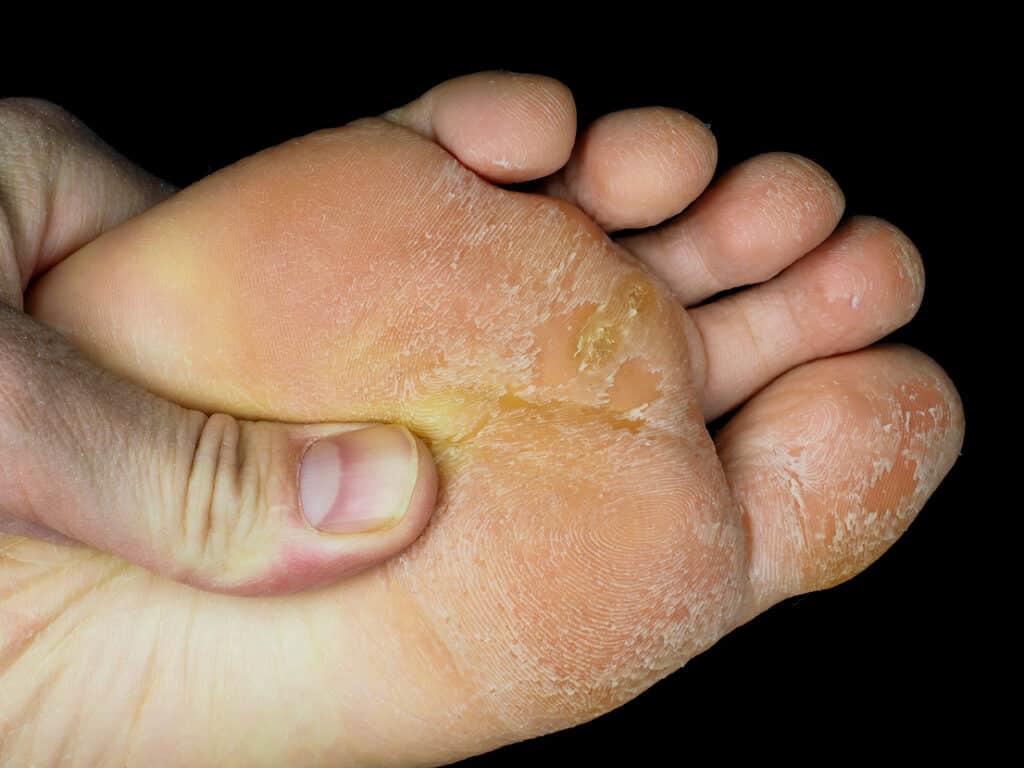
The culprit can be anything from dry skin to a chronic skin condition, such as eczema or psoriasis.1Anil K. Singhal, Devendra K. Yadav, Bajrang Soni, and Savita Arya
. A Case of Peeling Skin Syndrome
, Indian Dermatol Online J. 2017
It can also be a telltale sign of a more serious underlying medical condition like diabetes.
Possible Causes of Skin Peeling off Feet
Here are some of the possible causes, whether it comes off in layers, shows up as loose skin on feet or you experience peeling thick skin off feet:
Dry Skin
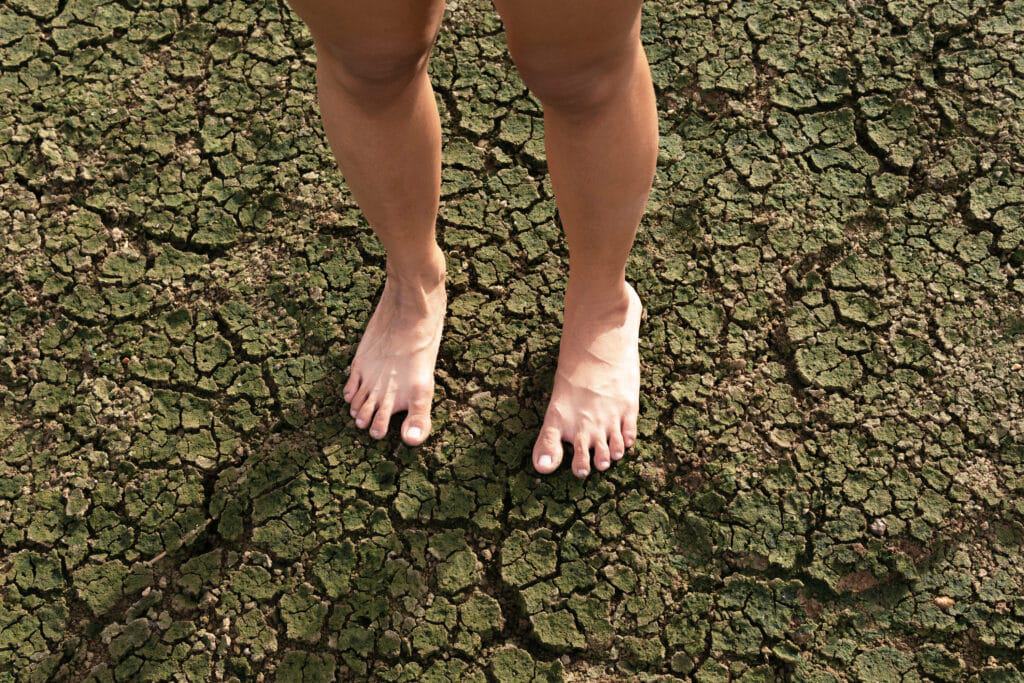
Due to heredity, harsh soaps, hydration issues, or neglect, dry skin on the feet tends to show up quickly. When it does, you will experience itchy, flaky skin that peels off easily and frequently.
Lack of Moisture
When your feet don’t get enough moisture, the skin becomes dehydrated and quickly dries out. Once that happens, the dry skin begins flaking and peeling.
Friction – Excessive Walking or Running
While it’s a good idea to get your steps in, an excessive amount of walking or running puts a great deal of strain and potential friction on your feet. Too much friction causes the skin to peel on its own, or become too sweaty, too dry, and peel.
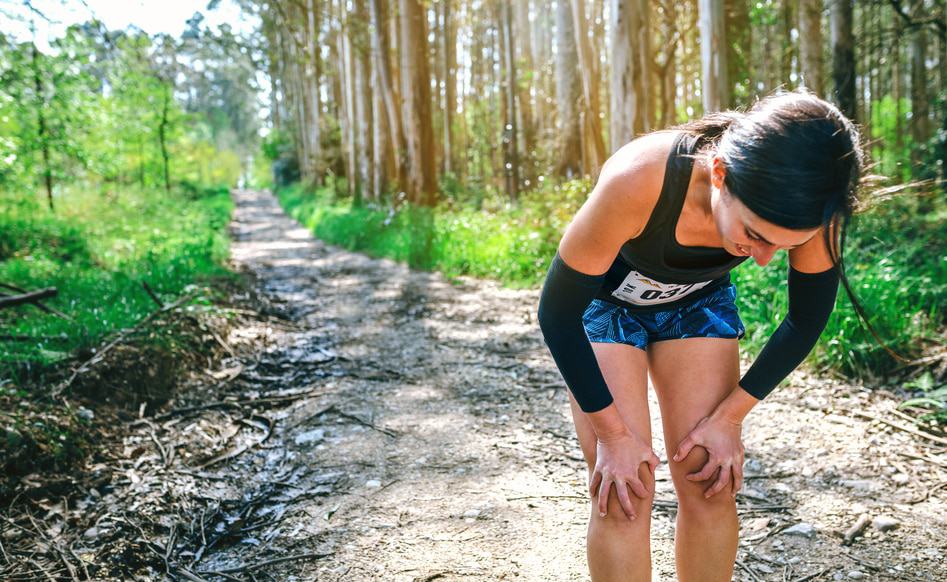
For exercise enthusiasts, there is a higher risk of developing loose skin on feet or Athlete’s foot.
Athlete’s foot
Tinea pedis, more commonly known as Athlete’s foot, is a skin condition caused by fungus and, if left untreated, leads to infection.2Fay Crawford. Athlete’s foot, BMJ Clin Evid. 2009
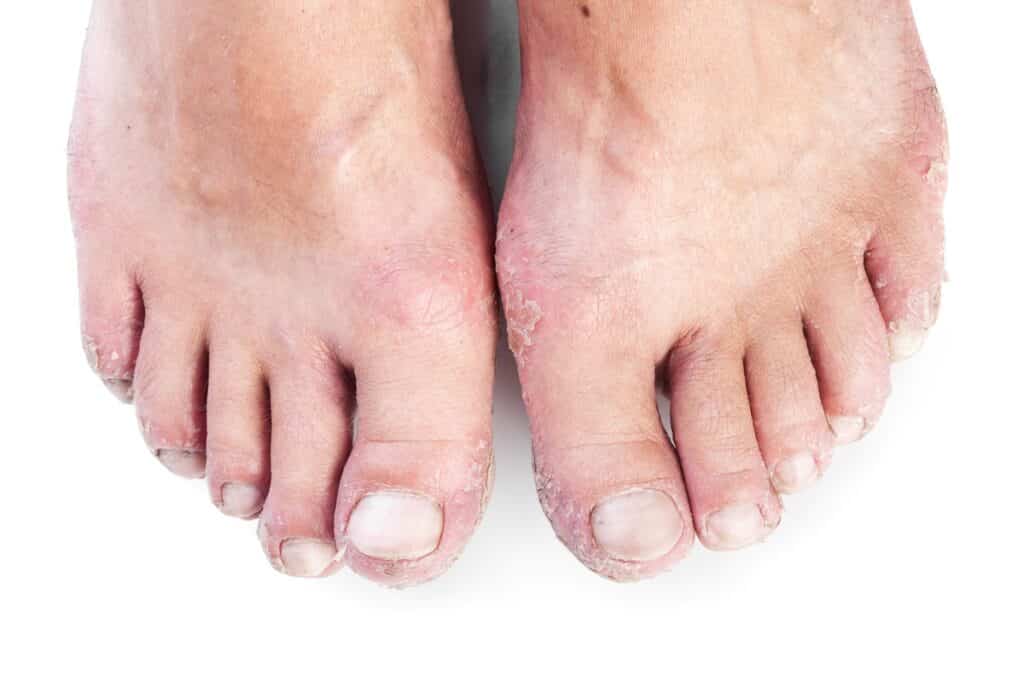
Typically found between any of the toes, ill-fitting shoes generally cause it.
When shoes are too tight, it causes friction and moisture.
Once out of the shoes, your feet may experience burning or stinging, itching, and a scaly-looking rash.
Eczema
Eczema is another common skin condition that can appear anywhere on the body but loves to attack the feet. It appears primarily on the soles of the feet and results in extreme itching.
Once scratched, eczema spreads in the form of red, itchy, and painful blisters.
The skin cracks, flakes, and peels until treated.
Psoriasis
Another possibility for peeling skin is psoriasis.
The symptoms of psoriasis are similar to Athlete’s foot, most likely caused by an autoimmune disease.
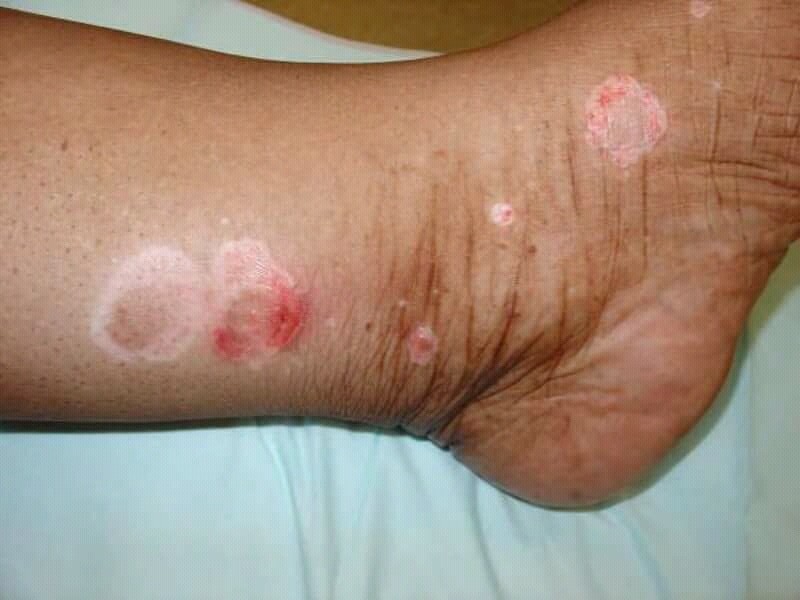
Psoriasis shows up as almost silver-colored scaly skin and can change in appearance as the condition worsens.
Because the skin suffers from dry patches, it’s a ripe environment for peeling. You may also experience hard, dead skin build-up before it turns scaly and peels off.
You will experience itchiness, pain, and peeling as the skin sheds, almost always on the soles of your feet.
Keratolysis exfoliative
Keratolysis exfoliative is another common skin problem which zones in specifically on the palms of hands and soles of feet.3Amelia K Hausauer, David E Cohen
. Keratolysis exfoliativa
, Dermatol Online J
. 2015
You’ll notice peeling skin just on these areas, with little to no itching or pain.
Peeling skin syndrome (PSS)
Peeling skin syndrome is a genetic affliction in which your skin chronically peels.

In the beginning stages, the skin may become red or itchy before peeling. This condition can strike as early as the infant years but may also develop well into adulthood.
Juvenile plantar dermatosis
When it comes to peeling feet, kids are no exception.
Juvenile plantar dermatosis typically affects children between the ages of 3 to 14, and is also called “wet and dry foot syndrome.”4H Neering, E van Dijk
. Juvenile plantar dermatosis
, Acta Derm Venereol
. 1978
It happens when feet experience a rapid change from super hydration (moisture) to super dehydration (dryness).
For those who suffer from peeling feet, kids who have a history of eczema, excessive sweating/socks that cause feet to sweat, or poor-fitting shoes are at a higher risk of developing this condition.
The symptoms include redness, cracking, and scaly appearance on the soles of feet.
Acral peeling skin syndrome
Although not as common, Acral peeling skin syndrome is another skin disorder that causes a constant peeling of the top layer of skin on the feet.
It’s a genetic condition made worse by moisture or friction to the feet. It shows up as red and itchy but noted for primarily peeling skin.
Trench foot
As the story goes, this skin condition got its name from the soldiers in World War I fighting in soaking wet trenches.
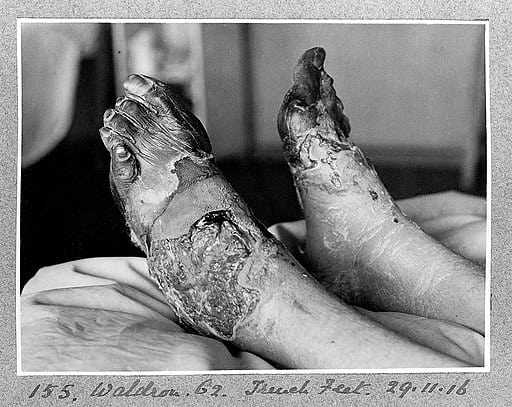
Because of continually being exposed to wet conditions, the damaging, severe peeling effects on their feet became known as Trench Foot.
Diabetes
Diabetes wreaks havoc on feet because of low body fluids and the inability to produce enough sweat, which results in dehydrated feet.
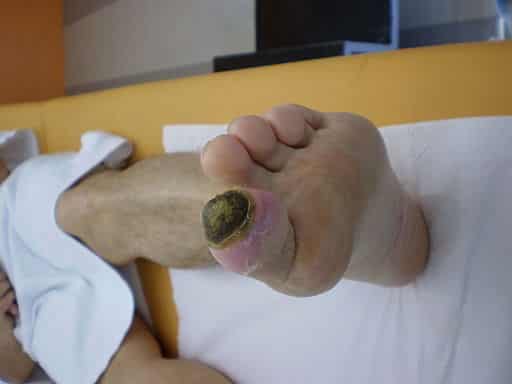
In turn, the dry feet of people with diabetes experience dead skin, calluses, and corns, as well as peeling skin all over the feet.
Diabetic nerve damage/poor circulation is another factor contributing to dehydrated skin on the feet, resulting in flaking, cracking, and peeling skin.
Best Treatments For Peeling Skin
- Electric Callus Remover
- Foot Scrubs
- Foot soaks
- Foot masks
Electric Callus Remover
An electric callus remover is one of the most effective means of removing calluses, corns, and loose skin on feet due to peeling.
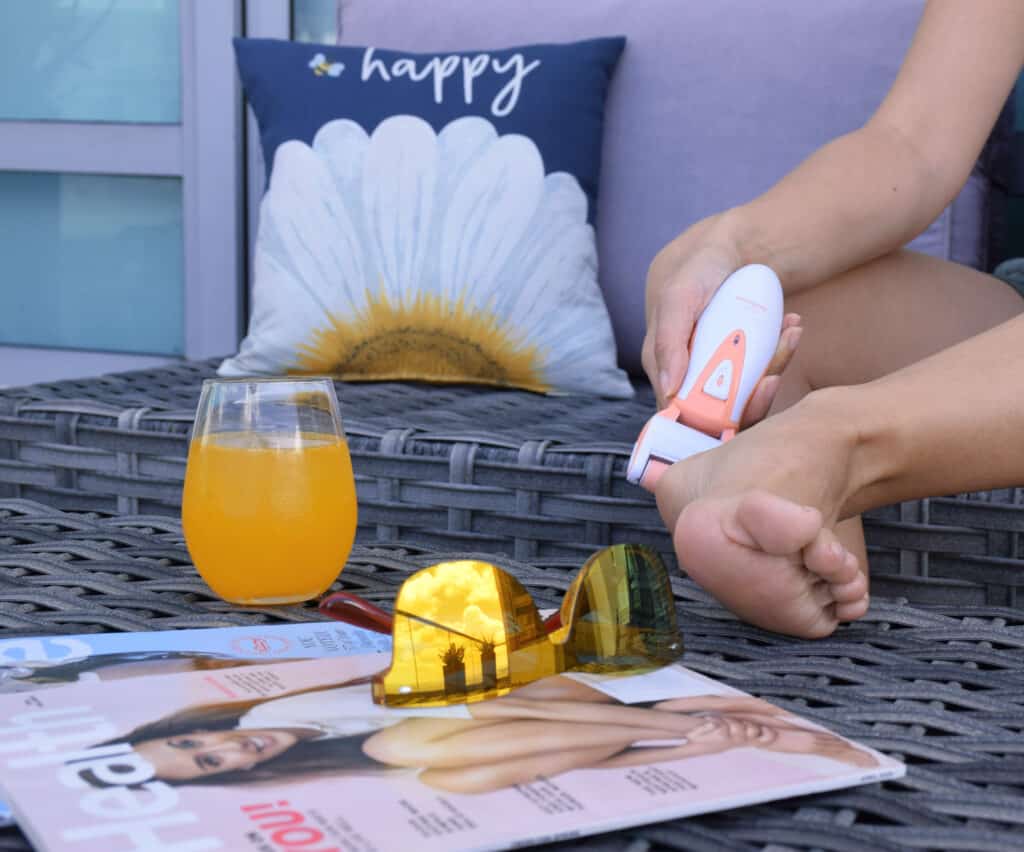
Because it’s a handheld exfoliation tool, it allows you to control shedding all over the feet and toes.
In just a few minutes even once a week, the 360-degree rotating roller glides over rough, dry, peeling skin to safely remove and restore to a smoother, healthier condition.
With different “grit” levels of the sandpaper-like rollers, it’s easy to remove thick, dead, and peeling skin and, with maintenance, prevent it from coming back.
Editor’s Choice: Electric Callus Remover by Own Harmony
We love this model because of its amazing features and professional results at home.
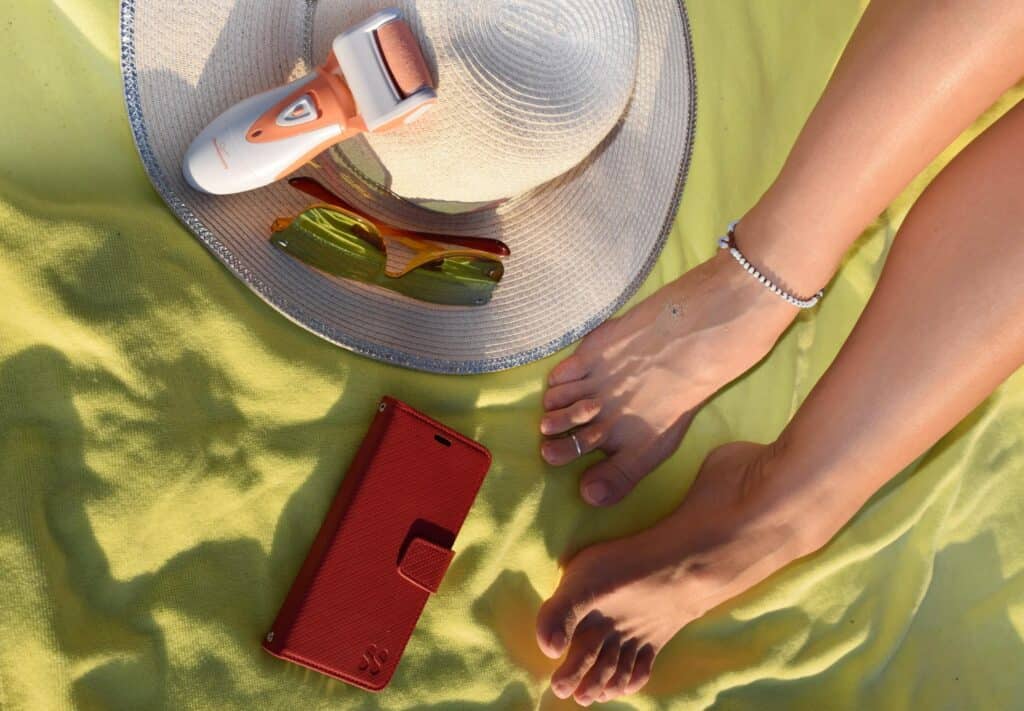
This one is lightweight, comes with a rechargeable battery that lasts for several uses, and features a comfortable, ergonomically correct non-slip grip.
Foot Scrubs
Foot scrubs come in a variety of different formulas to effectively exfoliate the feet.
You can make at home scrubs or purchase varying degrees of exfoliating strength scrubs.

You can also use more gritty substances (like cocoa shells or coarse salt) to soften even the toughest of calluses or corns.
There are also more gentle formulas that work to soften up dead skin cells, making it easier to remove the top layer of skin with an electric callus remover or pumice stone.
Gentle formulas may contain essential oils like tea tree or coconut.
Always follow up with a good moisturizer to keep skin soft.
Foot soaks
Foot soaks work to soften problem areas in the skin and make exfoliation efforts more effective.
Foot soaks help tremendously for those in need of relief from dry, itchy, cracked, or peeling skin on your feet.
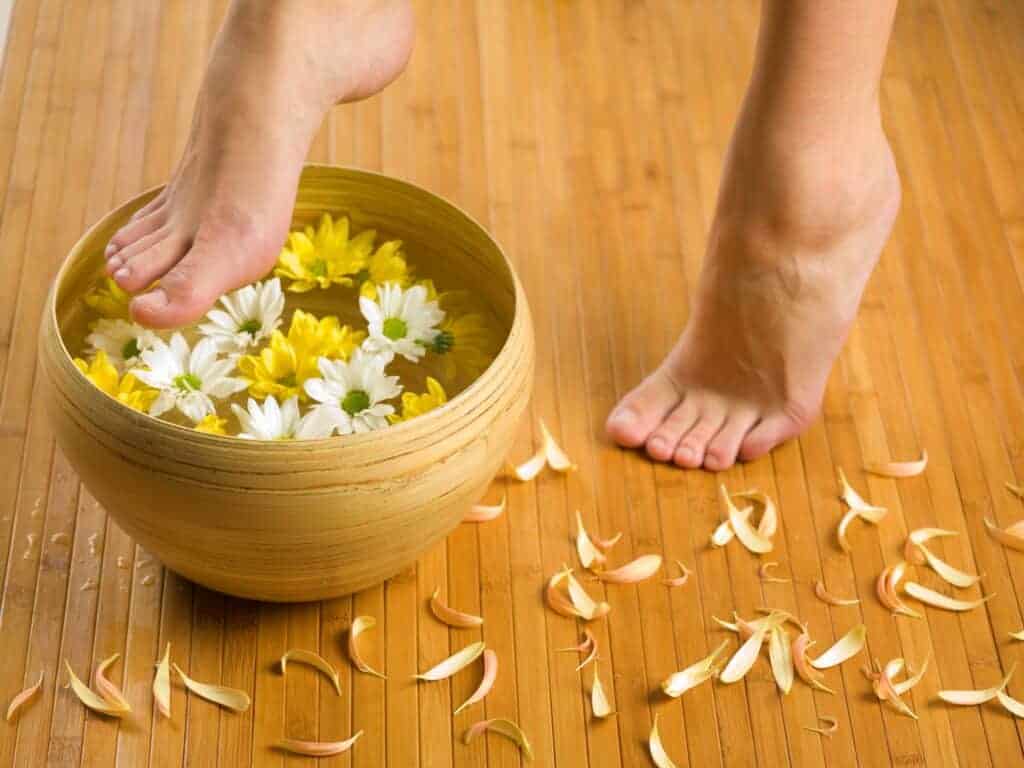
Soak feet in hydrating, skin-nourishing essential oils or oatmeal-based formulas to relieve itching.
Once patted dry, use a moisturizer to keep feet soft.
Foot masks
Foot masks contain exfoliation agents that work while wearing them.

Much like slipping into a pair of socks for only about an hour, they work over the next few days to peel away layers of dry, dead skin.
The peeling action stops after about a week, and results are noticeably softer smoother feet.
Prevention
Prevention techniques are the best treatment for dry, peeling skin.
Try the following tips and see how they help improve your condition.
Lotions, oils, gels, creams
A medical professional may recommend using an all-natural, gentle soap or a heavier moisturizing lotion, gel, cream, oil, or ointment specifically designed to heal peeling skin.
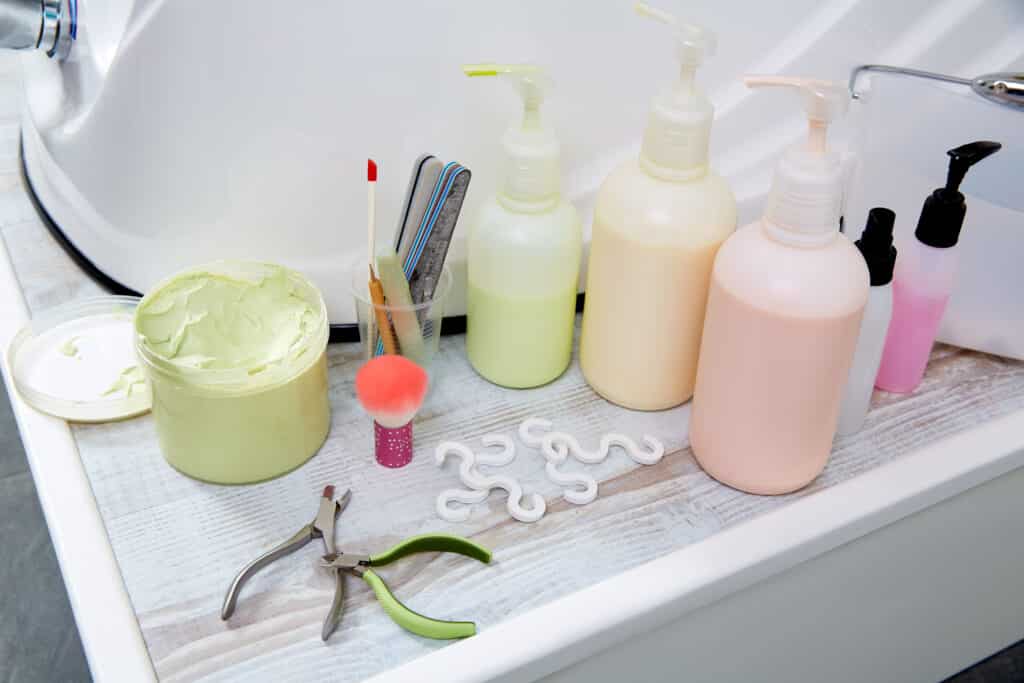
The goal is first to heal the inflammation, including your itchy, peeling skin, and then keep skin supple and moisturized.
Socks
Socks are a cost-effective, at-home treatment to keep moisture in and dryness at bay. Socks should always be clean and highly absorbent, especially if you tend to suffer from sweaty feet.
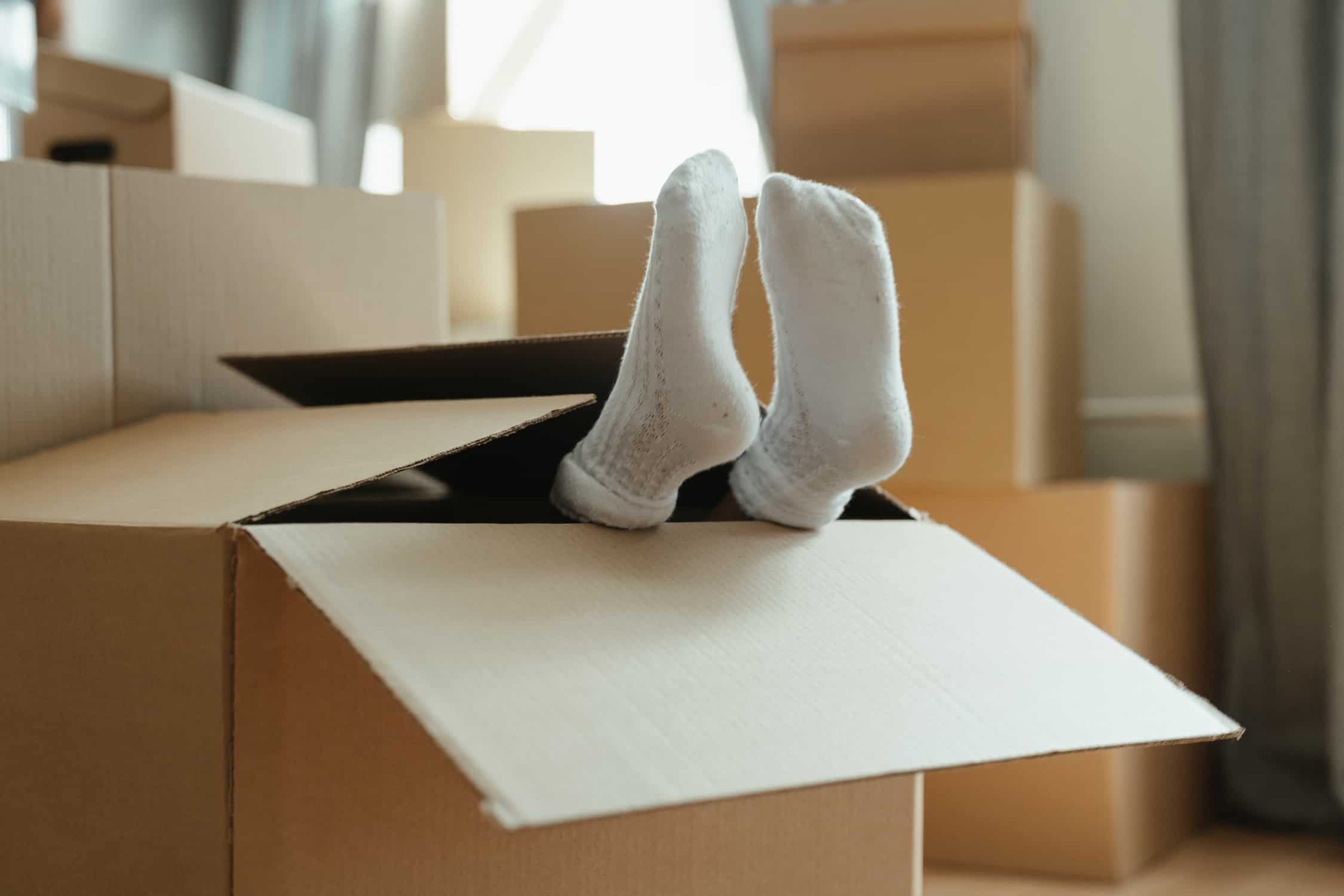
Tips for Careful Exfoliation
If you are new to exfoliation, go easy with the pumice stone, foot file or electric callus remover. Although it’s tempting to want to get in there and aggressively remove corns, calluses, or loose skin on feet, less is more.
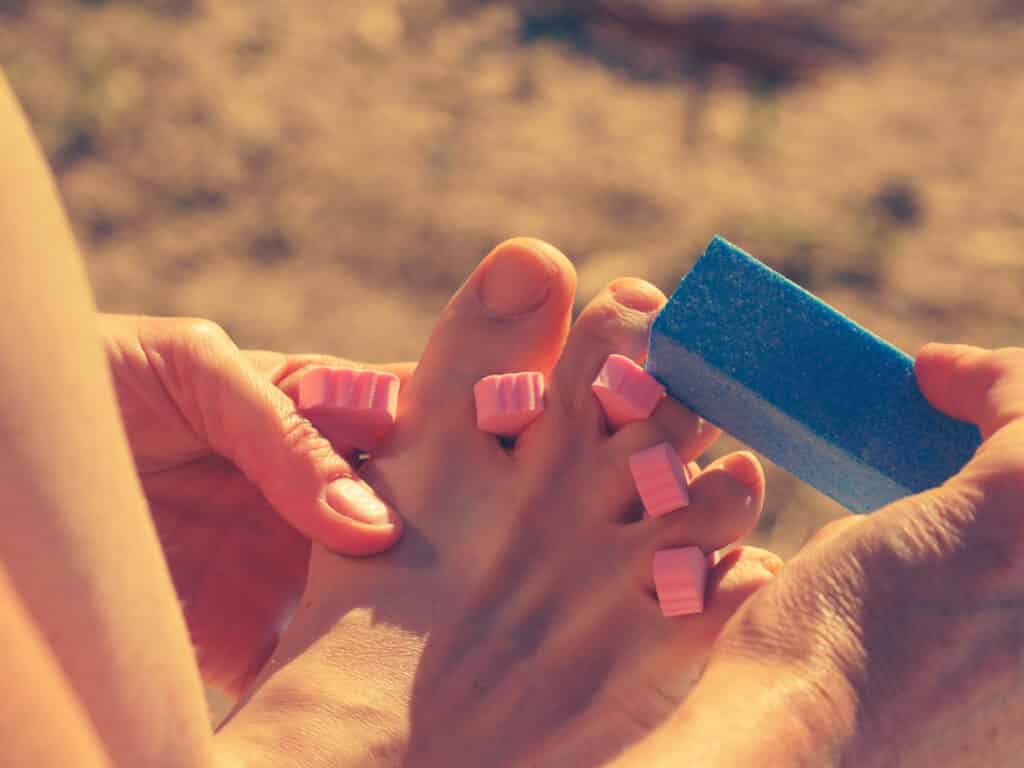
If aggressive, you run the risk of causing irritation, infection, bleeding, and pain.
Start an exfoliation plan of once or twice a week and work up from there if needed. Your skin needs time to heal, and you don’t want to over-exfoliate new, delicate skin.
Should You See a Doctor?
If you’ve tried a few at-home treatments but continue to experience peeling thick skin on feet, or loose skin on feet, it’s time to call a medical professional for a diagnosis or prescription treatment options.
Remember that your feet and toes tell a lot about the overall condition of your health. If experiencing, continuous or worsening inflammation, irritation, bleeding, pain, or severe peeling, consult with your doctor or a podiatrist.
